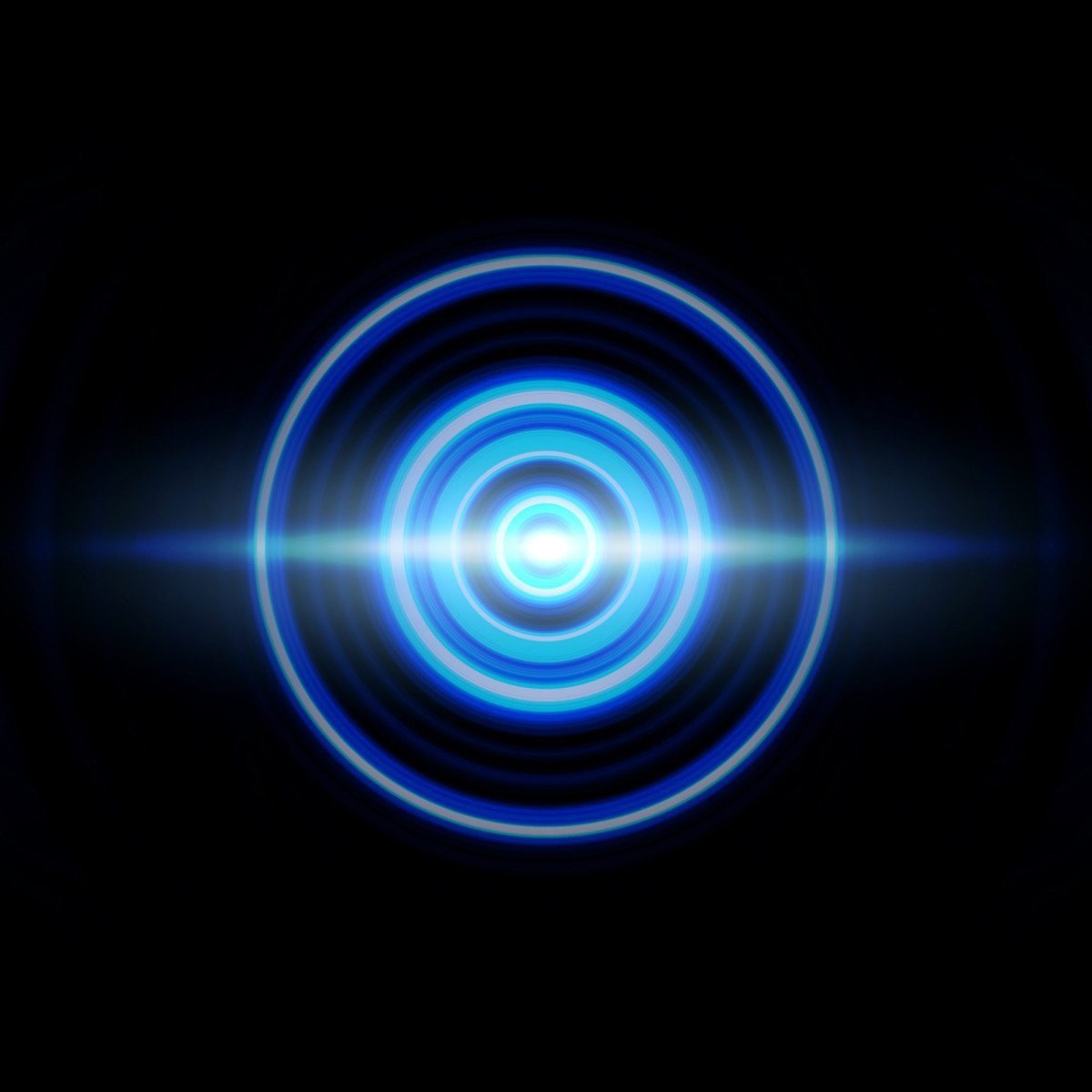Ever been swept away on a tide of light and color, drawn into the depths of a photo so vivid and precise you can nearly touch its reality? That’s not a fluke; that’s the magic of photography. But what if I told you that three simple elements – aperture, shutter speed, and ISO – are the secret sorcerers behind this art?
These are the main ingredients of the exposure triangle. A little juggling of these elements, and you conjure up something extraordinary out of ordinary light. Peculiar, isn’t it?
The Exposure Triangle: A Balancing Act
How so? Imagine setting out for one of those bustling photography exhibitions armed with just your camera. You’re salivating over all the vibrant shots bustling with life. You’re dying to capture your own miniature universes within the lens.
You snap a pic. Too dark. You fiddle with some settings, click again. Now it’s a white washout. How frustrating! The exposure triangle steps in here, friends. And our trio of aperture, shutter speed, and ISO are its vertices.
Our Trio in Detail: Starting with Aperture
Let’s start with aperture. You might think of it as the eye of your camera. It decides how much light should enter. But the catch? It’s also oh-so-sensitive to depth. A wide aperture (expressed in smaller ‘f’ numbers like f/1.4) allows more light in but means less focus on background elements – they kind of blur out. But that’s not always a bad thing! It can give a nice touch for portraits, highlighting only the subject. A narrow aperture (larger ‘f’ numbers like f/16), inversely, allows less light but ensures more elements are sharp and in focus. Landscape shots love this.
Tuning Shutter Speed
Next up on our exposure stage is shutter speed. Imagine you’re viewing a dazzling sunrise over a serene lake. The sun’s rays are just starting to dance on the water – what a priceless spectacle! You want to bring it to life, etch that fleeting masterpiece permanently. What do you do? Tune your shutter speed. The shutter is like a curtain in front of your camera sensor. Its speed determines how long this curtain is open, capturing that precious light. Fast shutter speeds (like 1/2000) freeze action, while slow speeds (like 5”) can create beautiful motion blurs or light trails.
ISO: The Finishing Touch
And lastly, let’s talk ISO. This is your camera’s sensitivity to light. A higher ISO (like 1600) can see in the dark, but beware, high ISO can lead to grainy, ‘noisy’ shots. On the other hand, a low ISO (like 100) needs lots of light. The trick is to find the perfect ISO that gives you a well-exposed image without unwanted noise.
Unearthing the Magic
So the next time you click, will it just be another photograph? Or will you weave a magic of light and shadows, contrasts and hues? To freeze the flight of a bird or capture the blur of a cityscape, bland bright daylight or a romantic dim-lit ambience, remember the trio: aperture, shutter speed, ISO.
Keen to blend this knowledge with your personal style? Start playing with your camera settings. Remember, there’s no ‘right’ exposure. It boils down to what you want to convey and how the picture ‘feels’ to you. So explore, experiment, and let your lens speak your truth. Are you ready to become the magician?


0 Comment